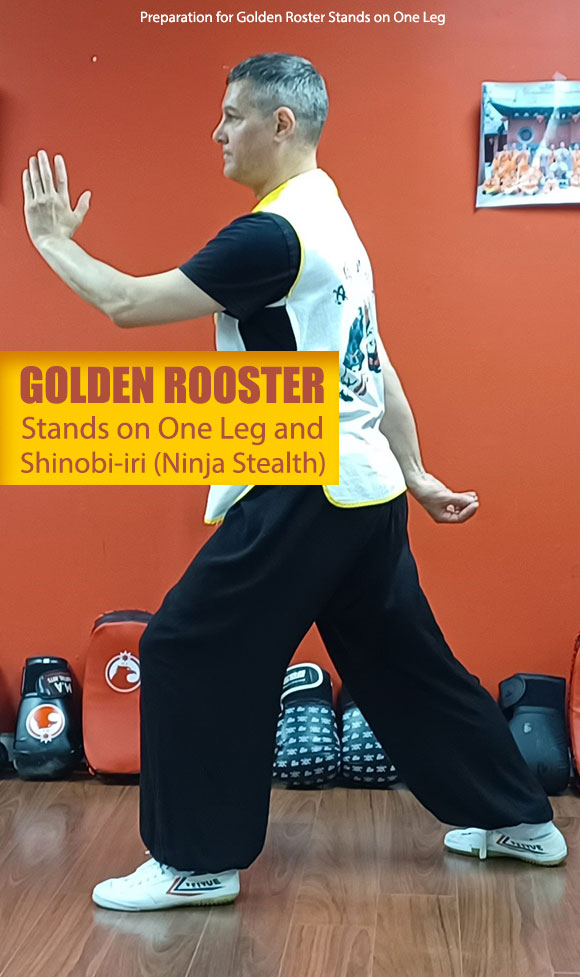hmm.... I dunno about that.... look at judo's hiza guruma, or shuai chiao's ghost stance... you are sweeping the person's leg as he steps toward you. That's definitely possible through infighting. while training the crane/golden rootster, etc. stance, the elevation of the knee and movements of the arms (golden rooster) are exaggerated, but the principle is the same.
i'm nobody...i'm nobody. i'm a tramp, a bum, a hobo... a boxcar and a jug of wine... but i'm a straight razor if you get to close to me.
-Charles Manson
I will punch, kick, choke, throw or joint manipulate any nationality equally without predjudice.
- Shonie Carter



 Reply With Quote
Reply With Quote





